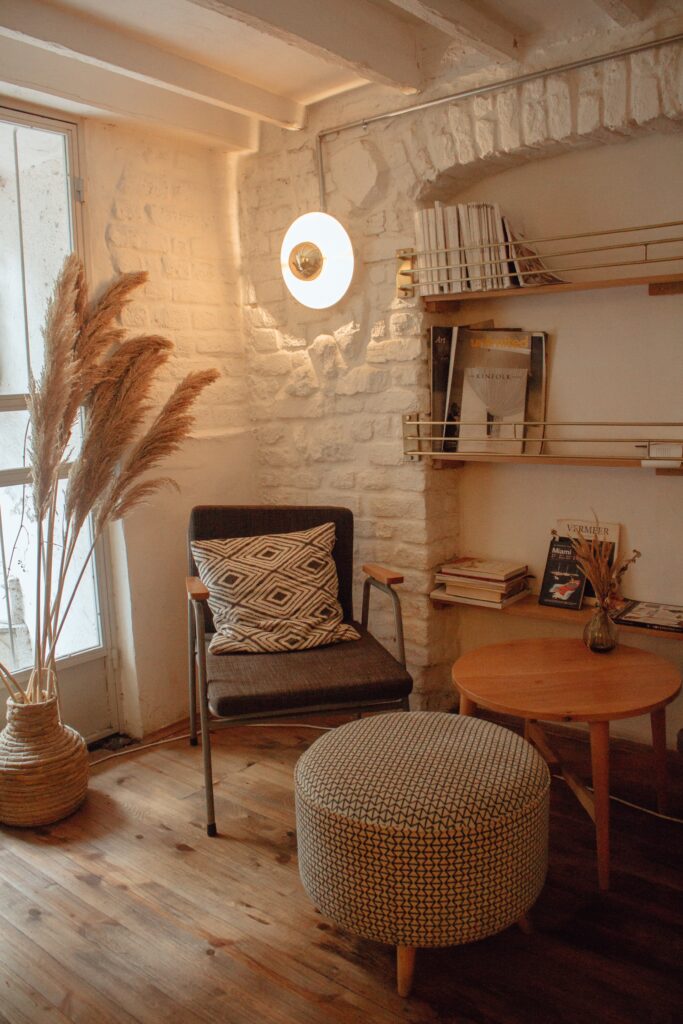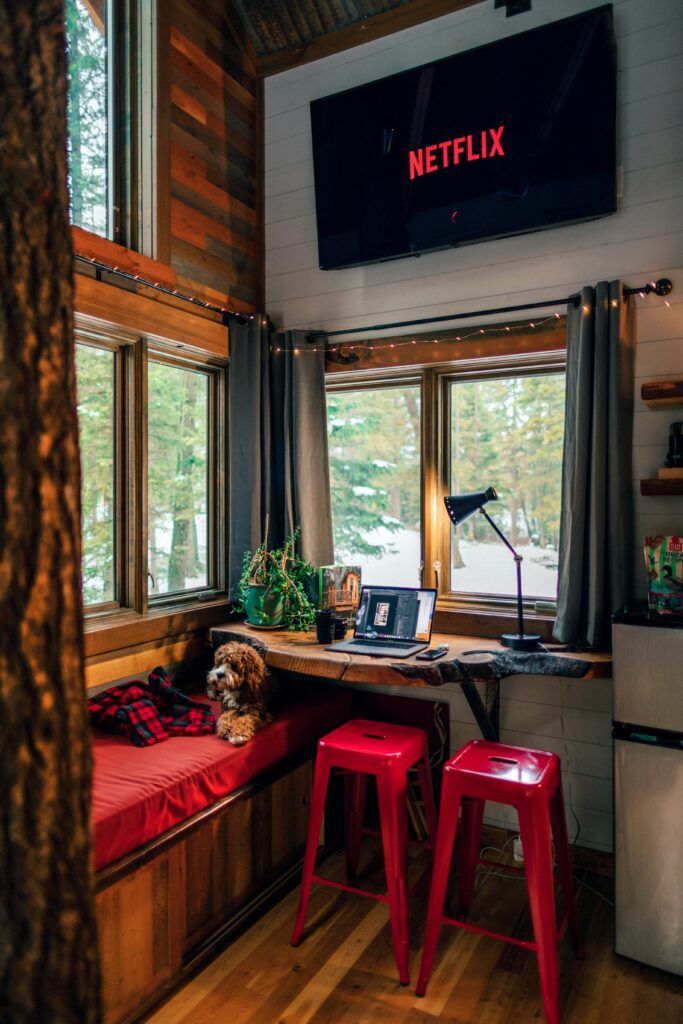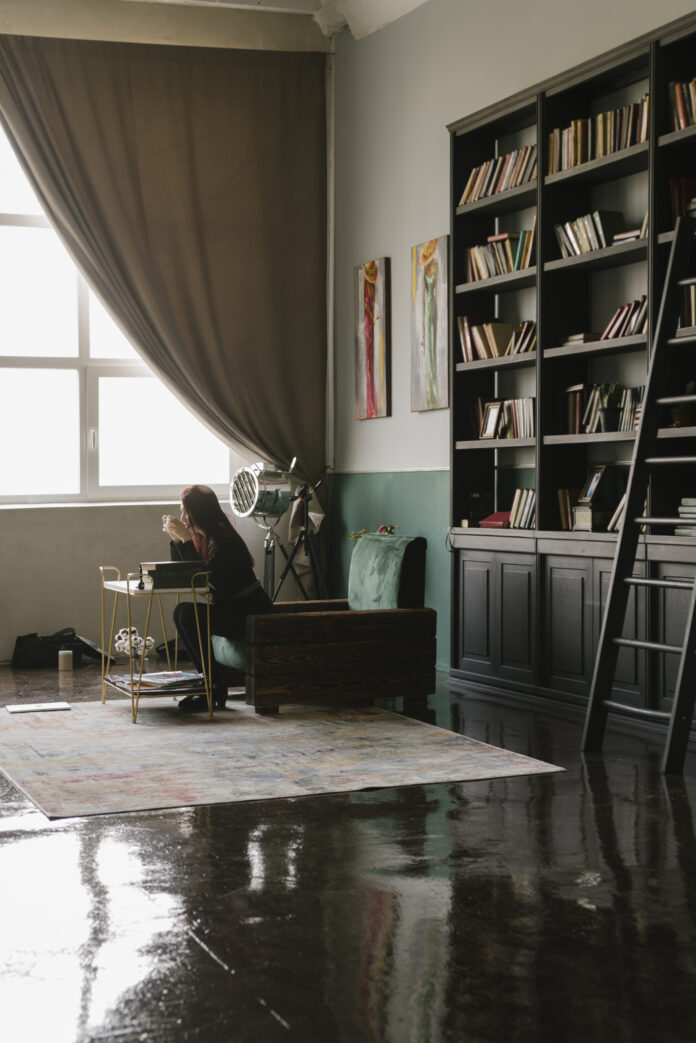Vastu Shastra: Optimizing Direction, Décor, and Design for Your Study Room
The study room is an important space for students, writers, and anyone who needs a quiet place for focused work. According to Vastu Shastra, an ancient Indian science of architecture, the right direction, decor, and design of your study room can greatly enhance your productivity, concentration, and success. In this article, we’ll discuss some tips for creating the perfect study room according to Vastu Shastra.

Direction and Location
The west direction, associated with the planet Saturn, is the ideal direction for a study room requiring deep concentration and research. For a fickle-minded person, this direction helps to anchor their focus. The north or east side of the northwest sector is also suitable for a study room. Mercury, Jupiter, and Moon govern mind, intelligence, writing, wealth, ambition, wisdom, higher intellect, and imagination in the northern sector.
Furniture Placement
Furniture placement is crucial for a productive study environment. The study table should face the east or north direction, and there should be a gap of 10 to 15 cm between the table and the wall. The back or left-hand side should provide the light source, and a table lamp is suitable for night hours.The ideal distance for reading material is 30-45 cm away, with an upright posture.
Color Scheme
The color scheme of the study room can significantly impact the productivity and mood of the student. Colors like sky blue, cream, light green, white, pink, and yellowish green are highly recommended for walls and tiles. Dark colors should be avoided, and red and black are the worst choices for a study room. Green is an excellent color for the eyesight, and placing a healthy money plant or a yellowish-green plant near the study table can be beneficial.
Other Tips
Arrange books in a bookcase by subject or category; they are essential for a study room. Placement of book racks affects energy flow. Northwest can cause theft, while southwest leads to dust. Keeping musical instruments away from feet in the northwest brings positivity as a sign of respect. Placing a pot filled with holy water in the northeast creates a shrine-like atmosphere. The height of the study room should not be less than that of other rooms, and the roof should preferably be pyramidal in shape.

Conclusion
Designing a vastu-compliant study room can help optimize energy flow, create a harmonious environment, and boost concentration and productivity. By following these simple guidelines, students can create a study room that helps them achieve their goals and succeed in their academic pursuits.

















